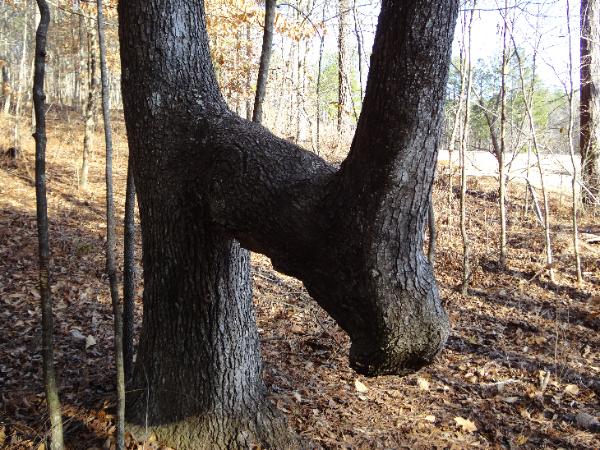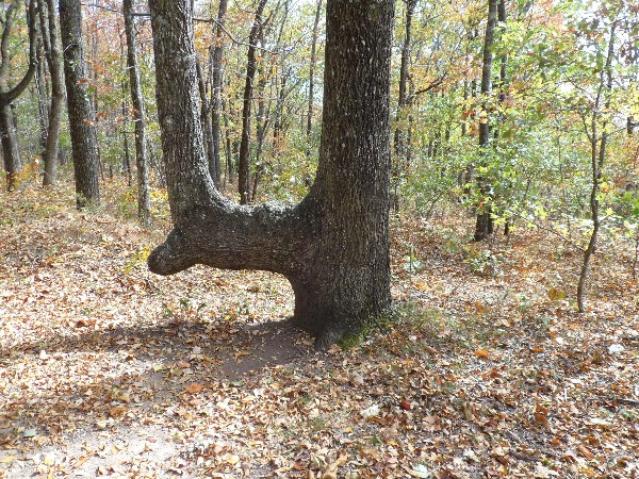“Modern Dependence on GPS: Embracing Technology’s Dominance in Our Lives”
It’s hard to imagine a time when driving without GPS was acceptable. Our increasing reliance on technology has made it a fundamental part of our lives. The recent emergence of the Internet of Brains is a natural progression in this trend.
Yet, it’s worth pondering how people navigated before the advent of GPS and digital maps. In the absence of technology, how did individuals find their way through the wilderness?
The story of bent trees holds a connection to hidden secrets within the natural world, shedding light on a time when nature itself served as our guide.

“As Highlighted on the American Forests National Website:
Across the United States, you’ll discover uniquely shaped trees with trunks curving at unusual angles or displaying distinctive kinks. Many of these trees serve as historical landmarks, playing a pivotal role in aiding native populations with wayfinding, while others stand as intriguing curiosities of the natural world.
Native Americans utilized young trees to create enduring trail markers, signifying safe paths through challenging terrain and guiding travelers to essential resources like food and water. These trees have evolved over time, preserving their original shapes. However, with the encroachment of modern civilization, their intended function has gradually faded into obscurity.
Although we may no longer rely on these ‘trail trees’ for navigation today, their historical significance remains invaluable. Just imagine the stories these trees could share.
While it’s true that Mother Nature has crafted numerous twisted and oddly shaped trees, the distinctiveness of these trees lies in the Native American activities that set them apart. Lost travelers, if keen-eyed, can discern between these man-made markers and naturally occurring trees.”

“While many forest trees, including the one in the image above, may naturally exhibit curved shapes, there’s a distinct feature that sets apart trees manipulated by Native Americans many years ago. These trees have a noticeable ‘nose’ or notch that juts out at the end of their bend, as shown below.
This unique feature was achieved by nurturing the tree to grow around a section that was intentionally inserted into a hole.”

“Beyond their distinguishing noses, another subtle detail sets apart man-made bent trees from their natural counterparts. The upper section of the inner bed often bears scars from the straps used during their formative years.
While many of these remarkable trees boast an impressive age of 150 to 200 years, it’s no secret that human activities exert a significant adverse impact on the environment. The ever-expanding population puts these trees at risk of being harvested for timber in the not-so-distant future.
In response to this concern, the Mountain Stewards website has been created. This platform meticulously documents over 1,000 bent trees across the nation, preserving their precise locations.
I encourage both the young and the old to seek out these incredible relics of American history before they fade into obscurity!
Take a look at the video below to witness a genuine bent tree in Georgia, a truly captivating sight.”

